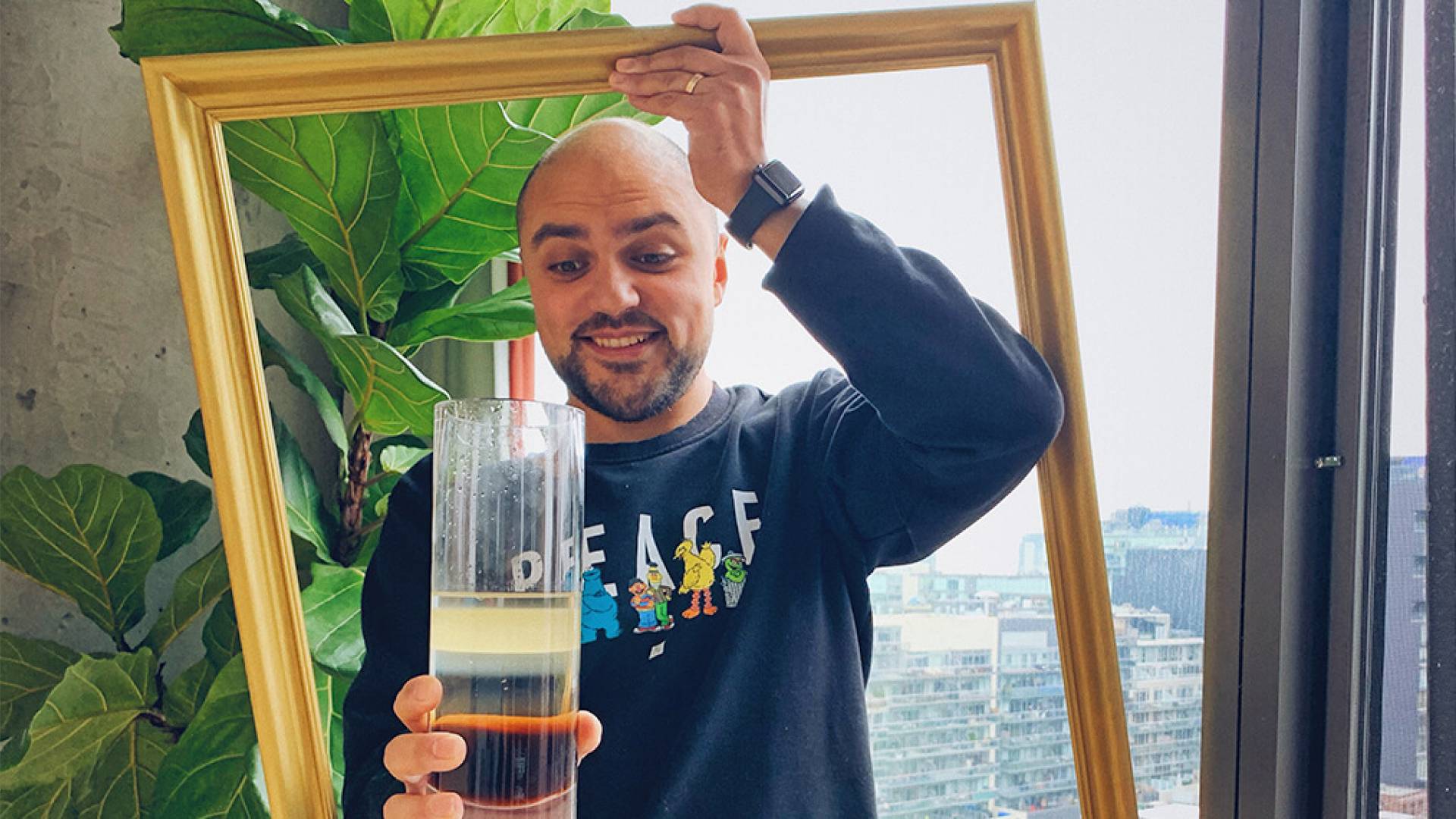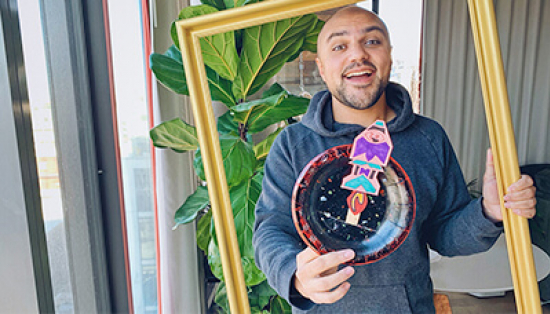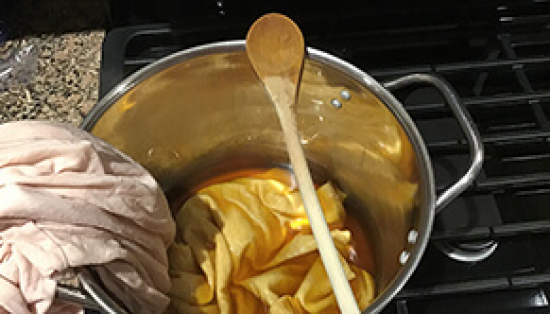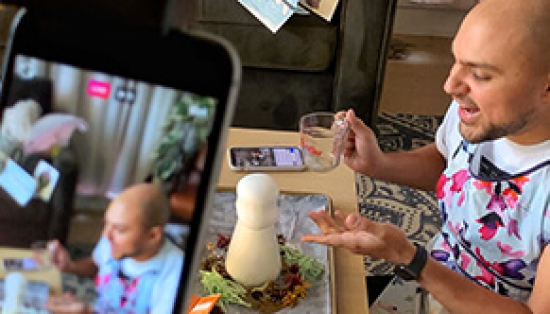Tune in every Tuesday at 2:00 pm on Instagram Live as ROM Kids Coordinator and Camp Director Kiron Mukherjee combines his passion for children’s education with storytelling to bring to life science, history and art for you and your loved ones in the comfort of your own home. Kiron will share activities, easy at-home crafts, behind the scenes anecdotes and fun facts—all connected to the ROM collections.
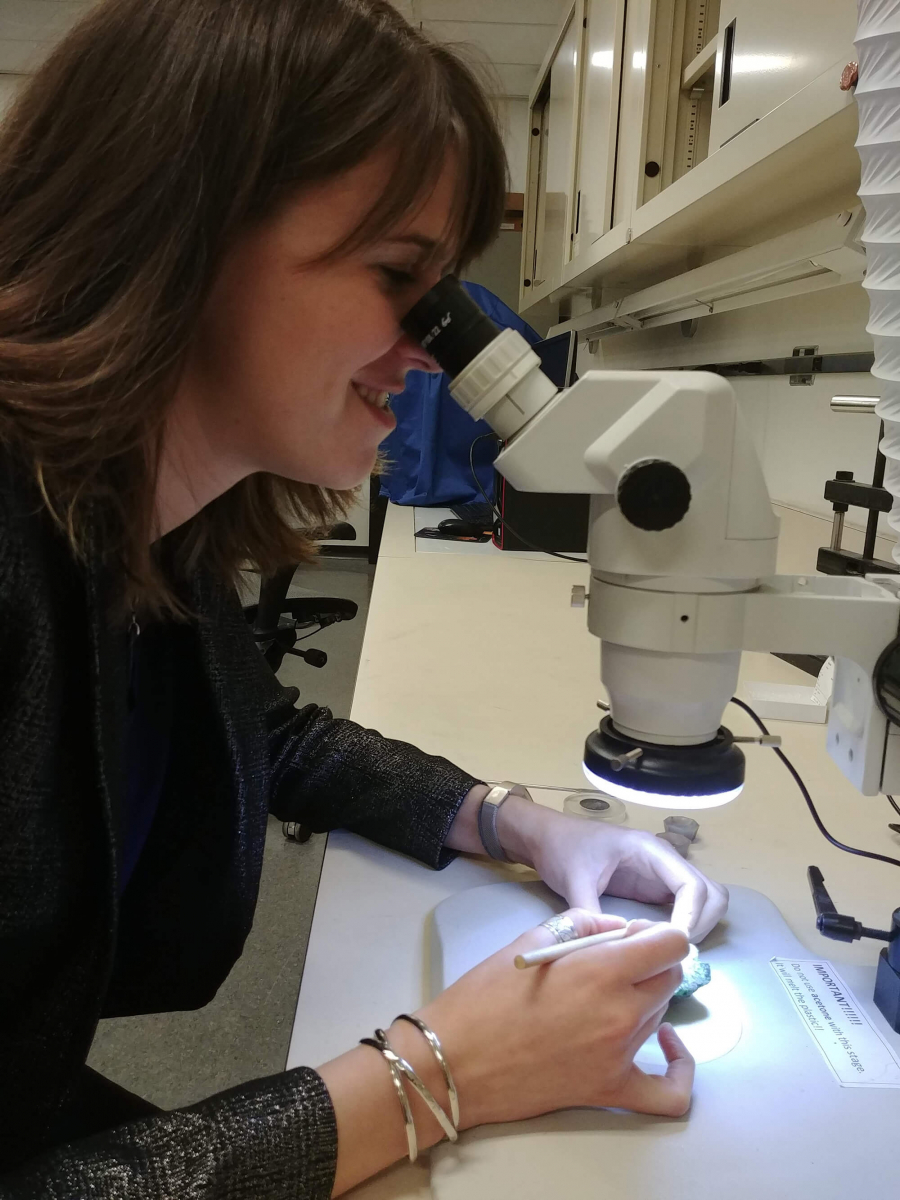 This time on the ROMKids Show we learn all about space rocks! Mineralogist Veronica Di Cecco joins us to talk about asteroids, comets, and meteors, and she’ll even tell us how to identify if a rock is a meteoRITE or a meteorWRONG. After we learn about the importance of density in identifying meteorites, we’ll run our own density experiment!
This time on the ROMKids Show we learn all about space rocks! Mineralogist Veronica Di Cecco joins us to talk about asteroids, comets, and meteors, and she’ll even tell us how to identify if a rock is a meteoRITE or a meteorWRONG. After we learn about the importance of density in identifying meteorites, we’ll run our own density experiment!
MATERIALS:
- tall transparent container like a Mason jar
- 30 ml honey
- 30 ml maple syrup
- 30 ml extra grease-fighting dish soap
- 30 ml water
- 30 ml vegetable oil
- 30 ml rubbing alcohol
- various objects to test density with (think ping pong ball, eraser, pencil, bolt, various rocks)
| Substance | Density (g/ml) |
|---|---|
| Honey | 1.43 |
| Maple syrup | 1.37 |
| Extra grease-fighting dish soap | 1.06 |
| Water | 1.00 |
| Vegetable oil | 0.93 |
| Rubbing alcohol | 0.79 |
2. Check to see which of the materials noted in the density chart you have at home. Gather the ones you have—it’s okay to not have all the above substances, just make sure you pour what you do have in the order above, and using the directions below. I found that measuring out 30 ml of each substance allowed me to best see the difference in density in my jar.
3. Substance by substance, pour your honey, then maple syrup, then dish soap into the center of the jar, making sure not to touch the sides. If the substances touch the sides, they may interfere when you pour in your remaining substances.
4. Using an eye dropper or a baster, stream in the substance against the side of the jar. This will help to not disturb the layers below. First do the water, then the vegetable oil, and then finally the rubbing alcohol.
5. Now it’s time to test the density of your objects! Grab a notepad, and make a guess at which layer the object will drop to. Gently drop your objects into your jar. Write down where the object actually stopped. You’ll be surprised that even rocks can float!
As the ROMKids Coordinator & Camp Director, Kiron is the public face of the Royal Ontario Museum’s family and children’s programs. Kiron started volunteering at the ROM at age 14 and has never looked back. Though he majored in history at York University, Kiron also considers his early years as a ROMKids camper to be a highly formative part of his education. Now, he strives to provide engaging and educational kids’ programming so that future generations can look back on their ROM experiences as fondly as he has.

